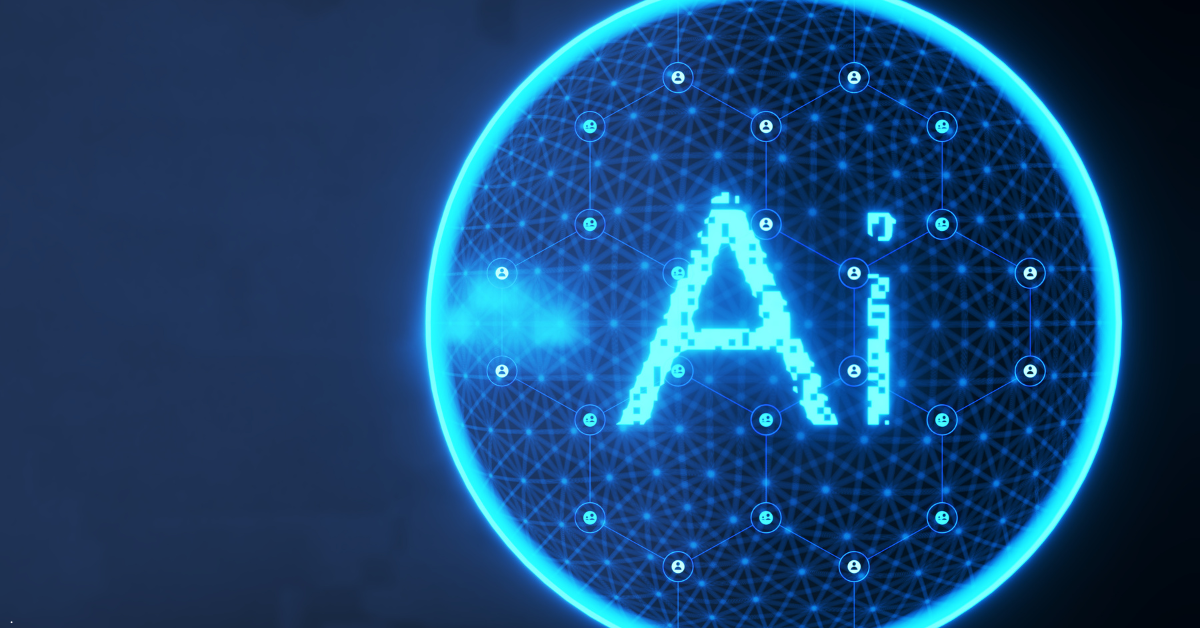By Jessica Jaithoo
•
December 17, 2025
As we close out 2025, I am proud to reflect on the incredible work our association has accomplished this year. With the support of CPHR Canada, we continue to strengthen a national network of over 33,000 HR practitioners and professionals, including more than 7,300 in Alberta. Our collaboration with provincial counterparts, post-secondary institutions, local chambers, and government partners remains central to promoting the value of hiring a designated professional and advancing consistent standards across Canada. This year, CPHR Alberta grew by 7%, with the majority of new members coming from students and emerging HR professionals—the future of our profession. Thank you to all our members for the work you do every day to elevate the profession. Operationally, 2025 was a year of engagement and impact. We hosted 76 events across Alberta, the Northwest Territories, and Nunavut, welcoming over 6,300 attendees to workshops, roundtables, webinars, and community sessions. Complimentary events played a key role in sustaining access to learning and connection for our members. Our Annual Conference was a highlight, bringing together a sold-out audience, a fully booked exhibitor space, and earning strong satisfaction ratings with 77% of attendees rating their experience positively. Thoughtful planning is already underway for our 2026 Conference on June 2 and 3 at the BMO Centre in Calgary, where expanded attendee capacity, increased exhibitor space, and enhanced programming will elevate the experience for HR professionals across our jurisdiction. Through our marketing campaign, we focused on raising awareness of the strategic value a CPHR brings to organizations. The results speak for themselves with 10% of new members joined after seeing our campaign, and website traffic increased by 17%, averaging over 55,000 views per month. In 2025, CPHR Alberta navigated Ministry changes, new mandate letters, and changes to professional governance. The Professional Governance Act (PGA) was introduced in the Spring of 2025 and received royal assent in May. This was a long-awaited and important step forward. CPHR Alberta operations and the Board are at work reviewing the legislation and anticipating the incoming regulations. We have continued our focus in broader advocacy and engagement to promote the profession as a leading voice, valued partner and knowledge expert. Throughout the year, we deepened our existing relationships, built new ones, and partnered on impactful projects at various levels of government and with community partners. We look forward to continuing to highlight the significance and impact of the profession within our organizations and communities throughout 2026. Looking ahead, we are excited to implement our 2026–2028 Strategic Plan , continue rolling out our new member recognition program, and shine a spotlight on our incredible HR community at our Member Recognition Gala in April. We will also advance our work toward self-regulation, ensuring the HR profession is recognized and trusted for its impact on organizations and communities. I want to thank our incredible team at CPHR Alberta and the many volunteers who make our work possible. Your dedication ensures we deliver value to our members and advance the HR profession every day. Thank you also to our Board of Directors for their guidance and leadership throughout the year. As the holiday season approaches, I wish you joy, rest, and time to celebrate your accomplishments. Together, we are shaping the future of HR—and I look forward to all we will achieve in 2026. Ioana Giurca, CEO, CPHR Alberta






